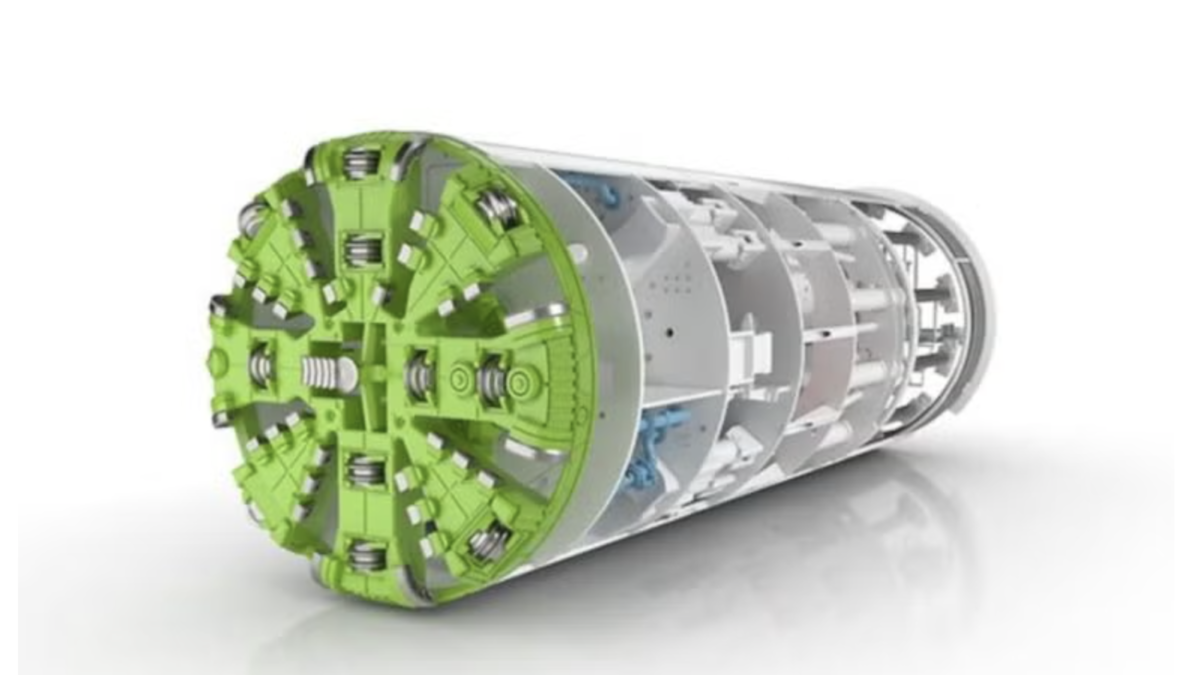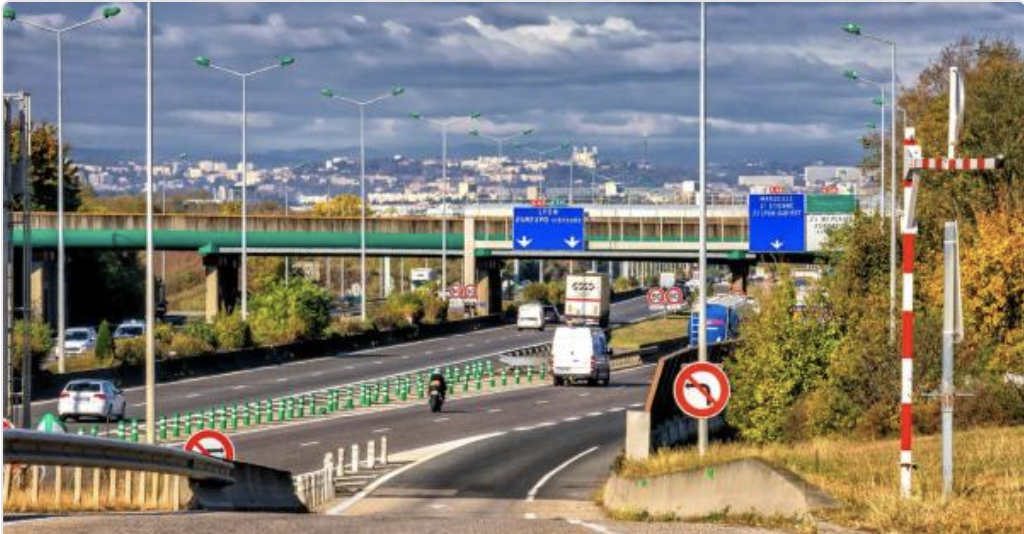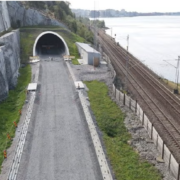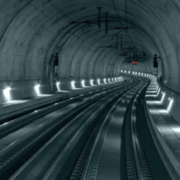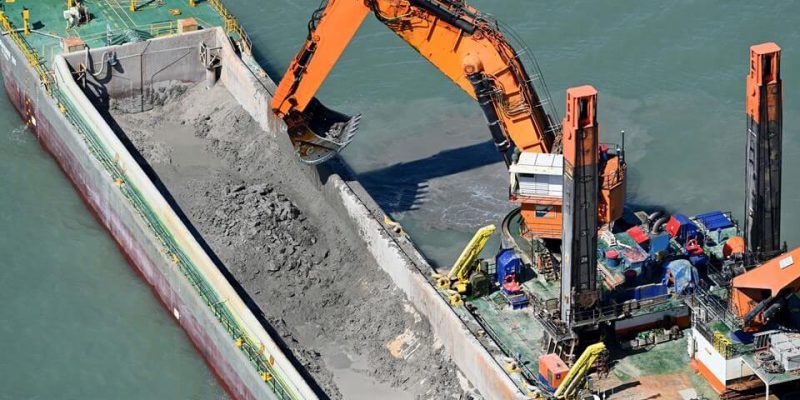
In order to attain a major construction landmark, the Dutch consortium Fehmarn Belt Contractors (FBC) has helped this project, and dredging on the trench for the 18km Fehmarnbelt tunnel among Denmark and Germany has reached the halfway mark. Currently, half of the total amount of soil has been dredged from the seabed in preparation for the trench that is going to accommodate the 18km immersed tunnel.
Following its completion, the Fehmarnbelt link is due to connect Rødby on the island of Lolland in Denmark and Puttgarden in northern Germany, while it will also form the world’s longest immersed tunnel.
The duty of all the dredging works at sea and the construction of the two work harbors on the Danish and German sides is up to FBC, comprising Boskalis and Van Oord and the contractors are supported by consultant Sweco.
In order to carry out the works, FBC is benefiting some of the world’s largest dredgers, plus barges, tugs, and other specialist vessels.
According to Developer Femern A/S: “The choice of dredging machinery not only relates to size but also ensures that the work can be carried out with due care for the surrounding marine environment.”
While the location of FBC’s dredgers operation is in the depths of the Fehmarnbelt, the amount of spill from the dredged material is so far below the level agreed with the Danish and German authorities. Including the dredging of up to 19M.m3 of soil from the seabed, most of the material of this project is due to be reused east and west of Rødbyhavn and on Fehmarn on the German side to create new nature and recreational areas.
“We’re proud to have achieved 50% of the dredging operations. This has been possible thanks to the expertise and dedication of the FBC team and our partners, as well as the deployment of a number of specialized vessels and machines on land. We would also like to thank Femern A/S for a great collaboration,” said FBC project director Bart Pröpper.
Femern A/S CEO Henrik Vincentsen added: “We are, of course, delighted that the work is progressing on schedule. Our focus is now on the project’s next goal. For us, it is important that the construction of the Fehmarnbelt tunnel is built as sustainably as possible. Wherever possible, we and our contractors, try to identify opportunities to optimize the project for environmental reasons and to contribute our know-how for future infrastructure projects.”
The commence date of dredging operations for the Fehmarnbelt tunnel was July 2021, whereas it is expected to be completed in 2024. This will be followed by the immersion of the first tunnel element.
Additionally, an appeal from an ecological activist group to stop dredging on the German side of the Fehmarnbelt tunnel in an area with protected reefs, was rejected by the Federal Administrative Court in Leipzig earlier this year.



